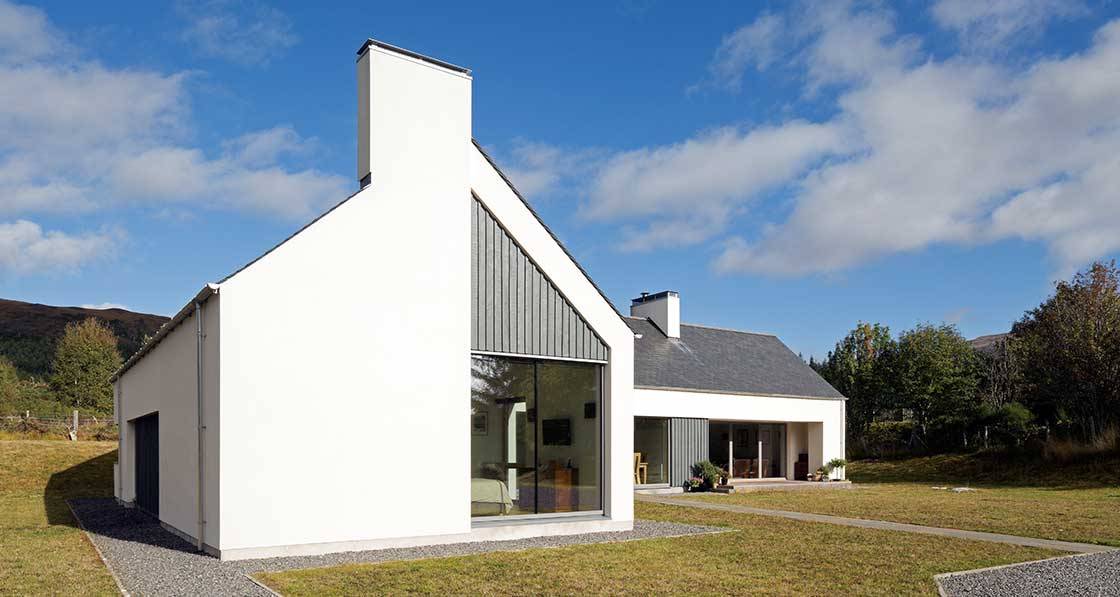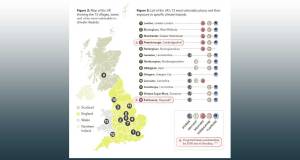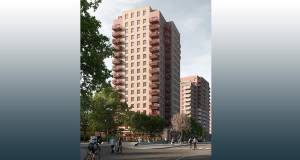
- Government
- Posted
Scotland to mandate passive house for new homes
This article was originally published in issue 44 of Passive House Plus magazine. Want immediate access to all back issues and exclusive extra content? Click here to subscribe for as little as €15, or click here to receive the next issue free of charge
It follows Alex Rowley MSP’s proposal last year for a Domestic Building Environmental Standards Bill, which aimed to introduce the passive house standard into Scottish law, and which received support from across the political spectrum.
The Scottish government has now said it will give effect to the proposal through its own legislation by the end of 2024. Patrick Harvie MSP, Scotland’s minister for zero carbon buildings and a Scottish Green Party MSP for Glasgow, said: “I look forward to working with Mr Rowley – and with colleagues across parliament – to continue supporting improvements and enhancements to energy and environmental standards across our new housing stock, and delivering our vision to make all homes in Scotland warmer, greener and cheaper to run.”
The Green Party in Scotland supports the SNP-led government through a power sharing deal. The shared policy programme between the two parties, published in September 2021, expressed “explicit support for passivhaus and equivalent standards” and says that all buildings that apply for a building warrant from 2024 onwards must use “zero emissions heating as the primary heating source and meet significantly higher energy efficiency standards”.
Passive House Plus understands that Alex Rowley, a member of Scottish Labour, will be involved in the drafting of the bill, and that the Passivhaus Trust has also been consulted.
A consultation on Mr Rowley’s proposal last year received 629 responses, with 80 per cent being fully supportive, 13 per cent partially supportive and only six per cent opposed. “A move to the Passivhaus ‘gold standard’ for all new-build homes would be radical, ambitious, practical and forward-thinking,” Rowley wrote when proposing his bill last year. “It would future proof homes and prevent them from having to be retrofitted in the near future, upskill the construction sector and make Scotland a leading player with exportable skills and knowledge.”
One group who voiced their objection, though, was Homes for Scotland, a representative body for the country’s home building sector. The group’s submission said that the proposal was “not required” as the “current direction of travel” in the building regulations would improve energy efficiency and thermal performance. The group said that proposing new standards without allowing adequate time for transition would lead to a “significant reduction” in the number of new homes built in Scotland.
The Royal Incorporation of Architects in Scotland, meanwhile, was partially supportive and called for a “flexible Scottish equivalent to the Passivhaus Standard”. It said that any new energy efficiency standards should be implemented through the existing framework of building regulations.
Writing in the construction magazine Project Scotland, solicitors Keith Emerson and Andrew Leslie cautioned that two years “was not a lot of time to formulate new standards, educate all parts of the industry on it and implement these changes.”
They also wrote that building to the passive house standard typically costs 5 to 10 per cent more. However, while specific research for Scotland is not available, a 2019 paper by leading passive house expert Dr Shane Colclough and chartered surveyor Martin McWilliams concluded that the extra cost for a developer to build a three-bed dwelling to the passive house standard compared to the 2012 English building regulations was £1,984, or £1,368 for a new build social house, figures closer to one per cent of building costs. Previous research by Colclough and colleagues found that the extra cost of building a passive house in Ireland, where minimum energy efficiency regulations for buildings are tighter, was as low as 0.1 per cent.
The Passivhaus Trust, meanwhile, said in 2019 that “best practice” passive house construction would cost 8 per cent more, but that this could be reduced to four per cent once the standard is adopted at scale.
Related items
-
 #BuildingLife Series: Director at CORA Consulting Engineers, John Casey
#BuildingLife Series: Director at CORA Consulting Engineers, John Casey -
 September’s AECB environmental construction conference seeks to spark debate among industry experts
September’s AECB environmental construction conference seeks to spark debate among industry experts -
 Climate report warns overheating crisis threatens UK
Climate report warns overheating crisis threatens UK -
 Sustainable building leaders crowned at Exemplar Awards
Sustainable building leaders crowned at Exemplar Awards -
 Barratt launches record passive house scheme
Barratt launches record passive house scheme -
 Green homes and finance join forces for growth
Green homes and finance join forces for growth

